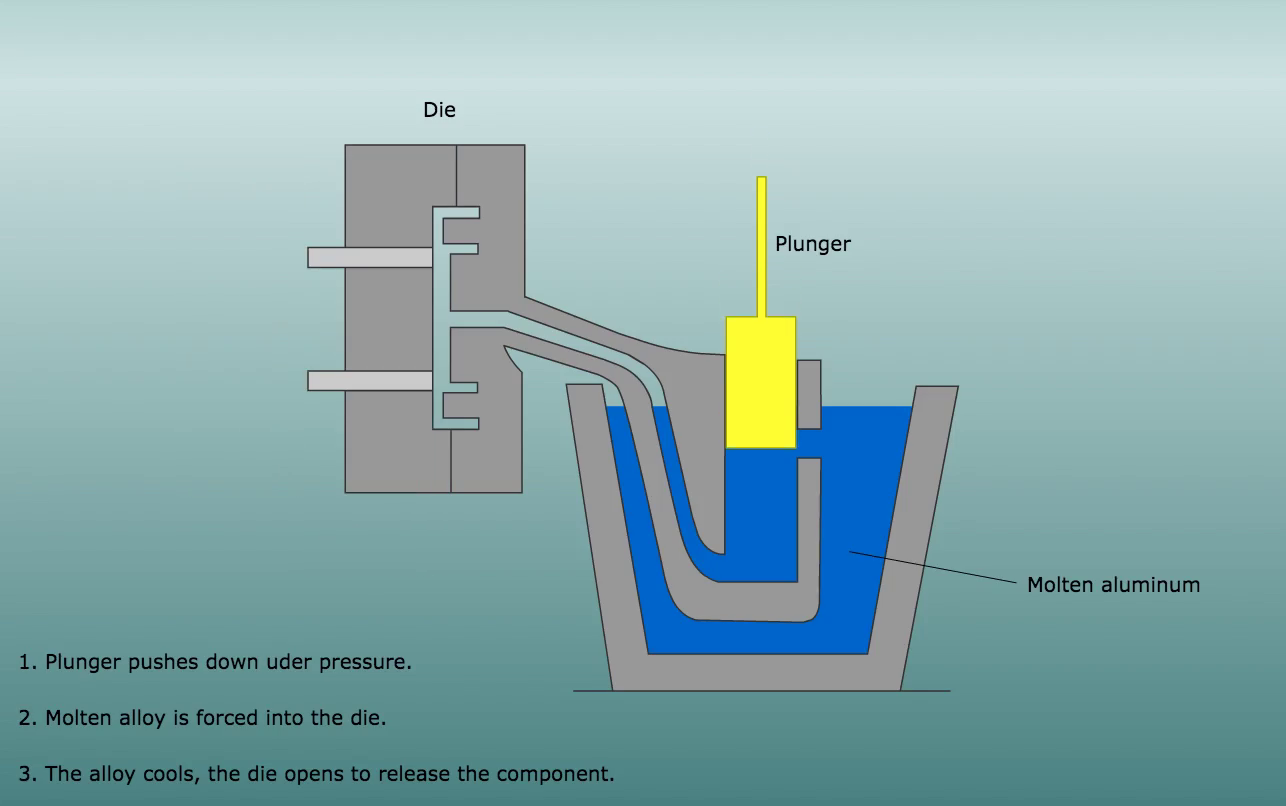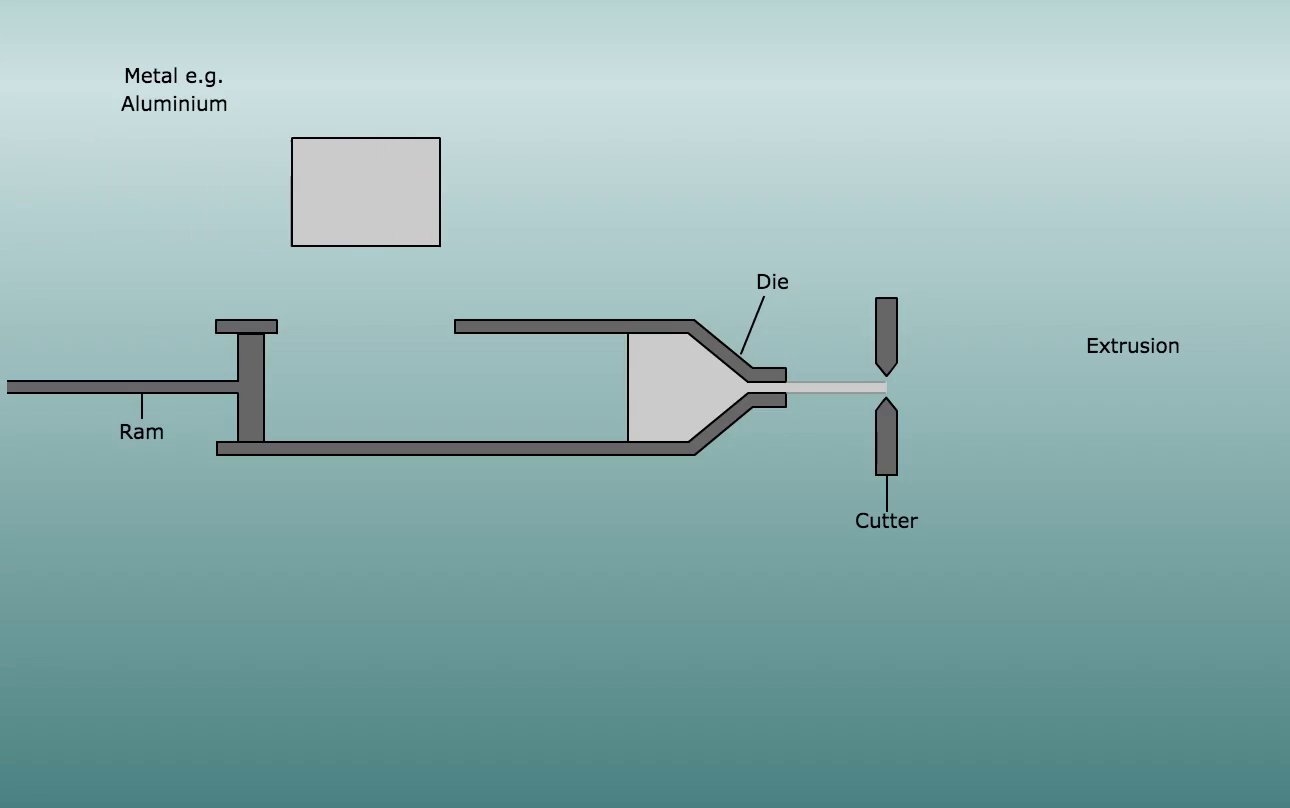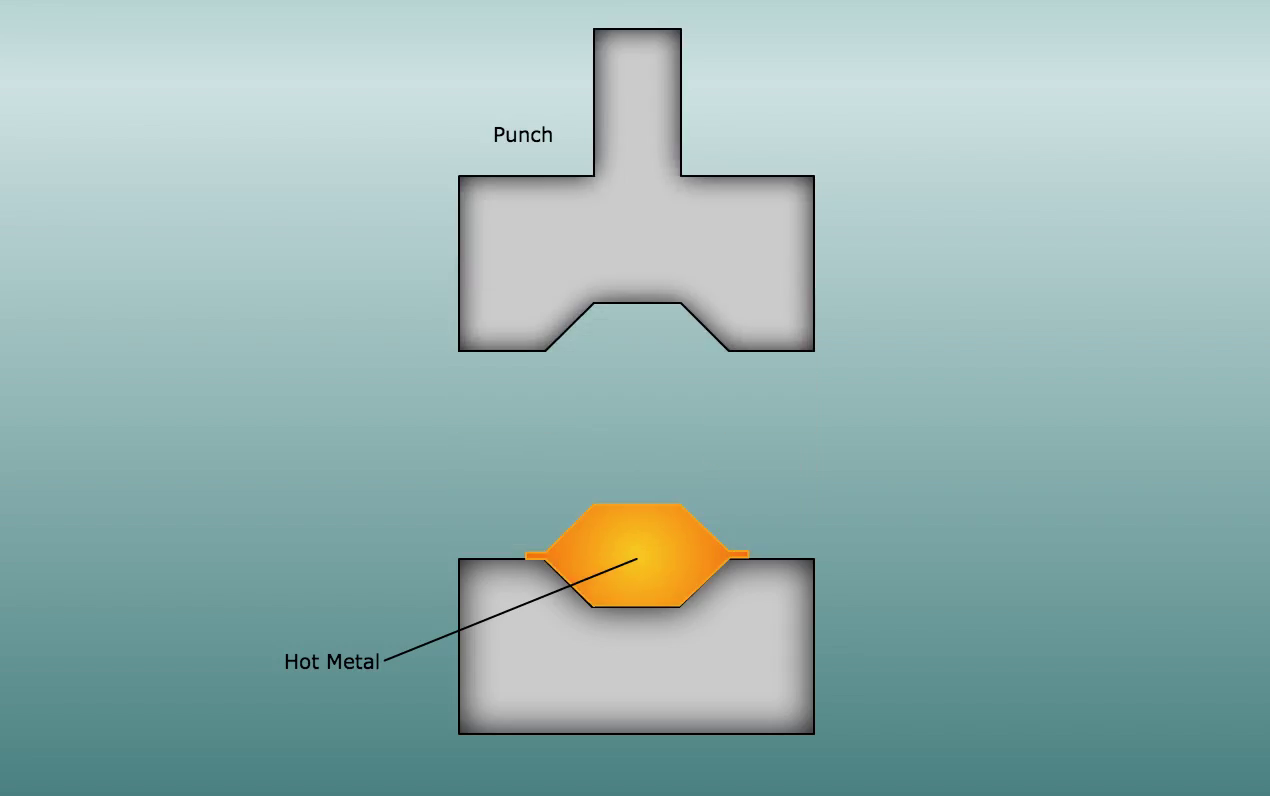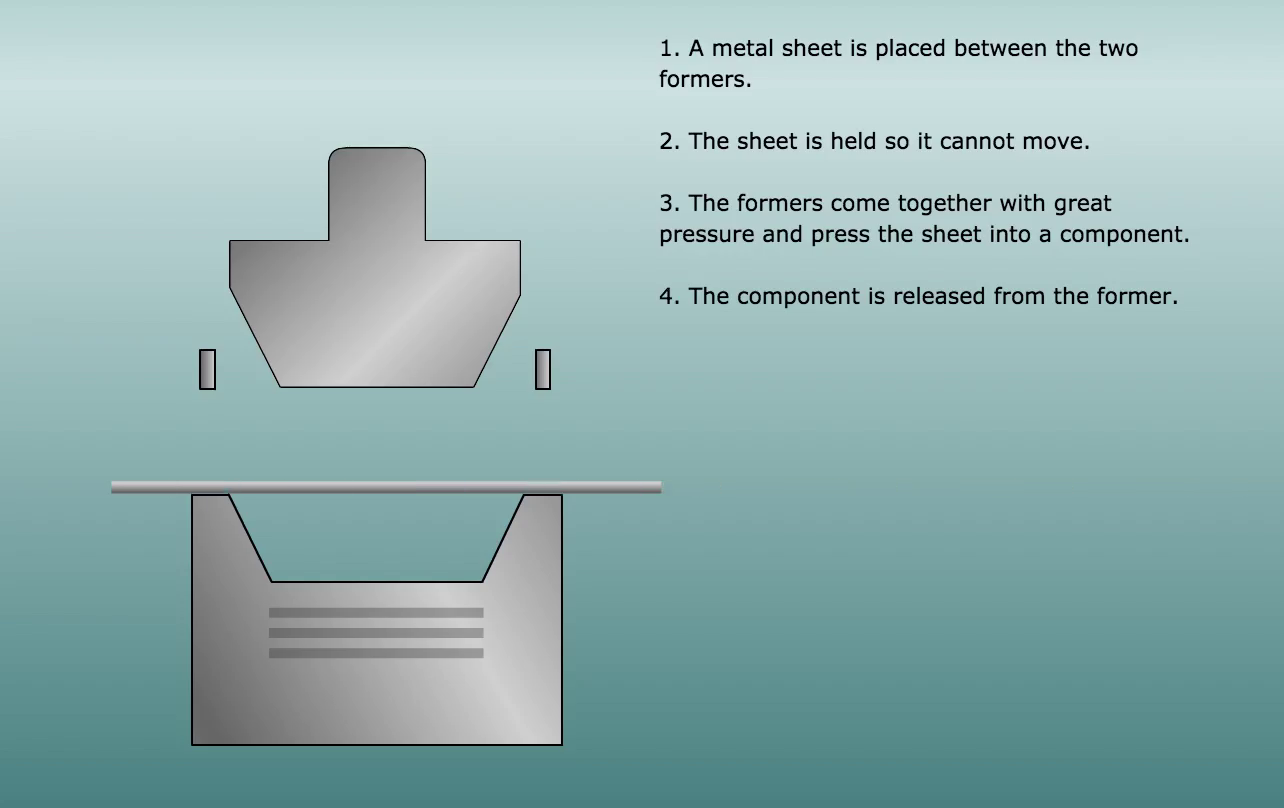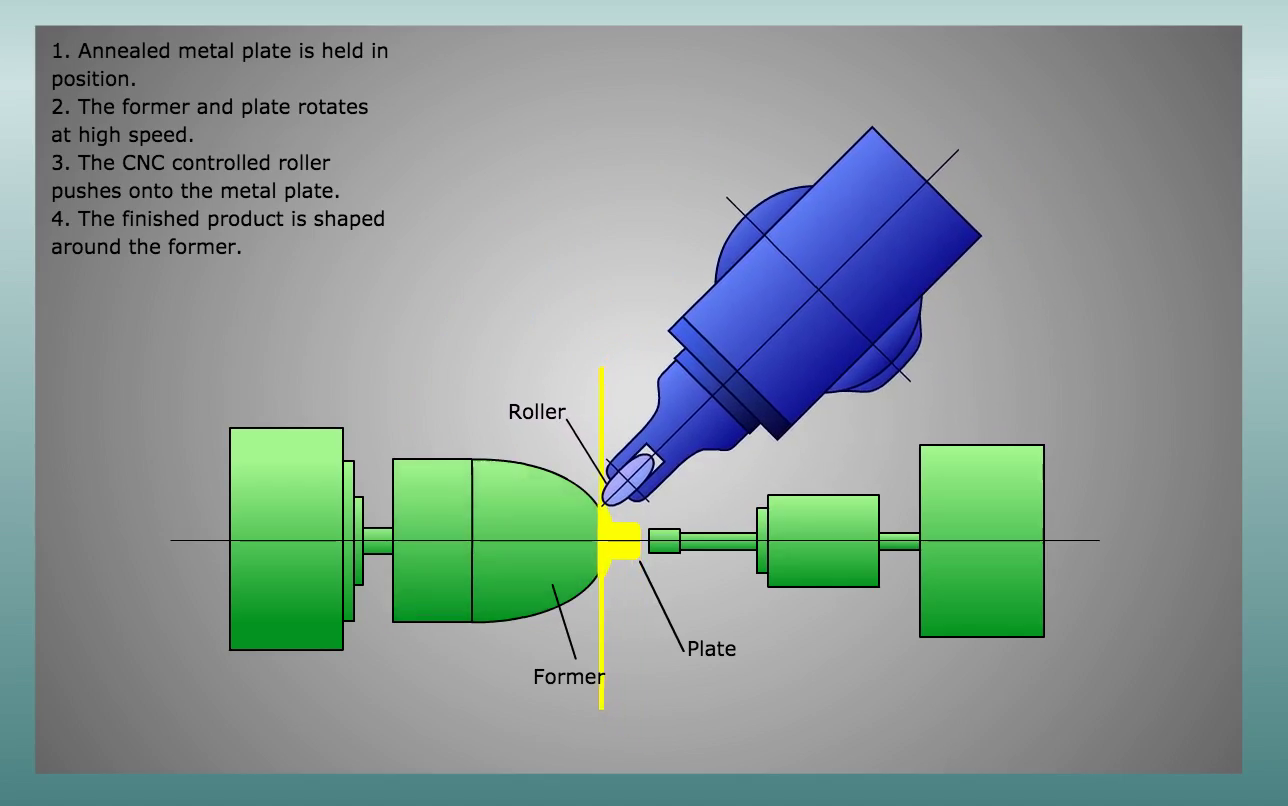Properties of Metals
Physical properties
density – the density of a material is defined as its mass per unit volume, this means that a dense material is generally heavy.
melting point – the critical point at which a material becomes fluid i.e. it turns from solid to liquid.
thermal conductivity – this is a property which indicates a materials ability to conduct heat. Metals are generally good conductors of heat due to their high density. Light plastics such as polystyrene are the opposite i.e. good insulators.
electrical conductivity – this indicates a material’s ability to conduct an electrical current between two points, e.g. copper is used within electrical circuits.
Mechanical properties
strength – this refers to the material’s ability to withstand an applied stress without damaging. Crash barriers are made of steel as they can withstand the impact of a crash without failing.
plasticity - plasticity refers to a material ability to deform in response to forces (e.g. a solid piece of metal bent into a new shape). Car bumpers are made of ABS and can withstand and absorb impacts without being permanently deformed.
malleability - this refers to a material's ability to be shaped or deformed under compressive stress (e.g. its ability to form a thin sheet by hammering or rolling).
ductility - ductility refers to a material's ability to deform under tensile stress e.g. a material's ability to be stretched into a wire.
hardness – this term refers to various properties which give a material a high resistance to various kinds of shape change when force is applied e.g. a materials resistance to scratching or cutting.
durability – this is a feature which states a material’s ability to withstand demanding applications e.g. long term outdoors use or in extreme environments.
Testing materials
tensile strength – tensile testing machines will assess how something will react when pulled apart e.g. steel cables used in bridge building need to have high tensile strength.
hardness – materials may be tested for hardness by measuring the depth or area of an indentation left by an ‘indenter’ of a specific shape, with a specific force applied for a specific time. A bell has to resist repetitive blows throughout its life.
toughness - this is the measurement of a material's resistance to break or fracture. A steel girder has to withstand large loads to support a building.
ductility – this test determines the extent by which a material can withstand deformation without rupture. A piece of copper can be drawn into a continuous thin wire without breaking.
Resources
